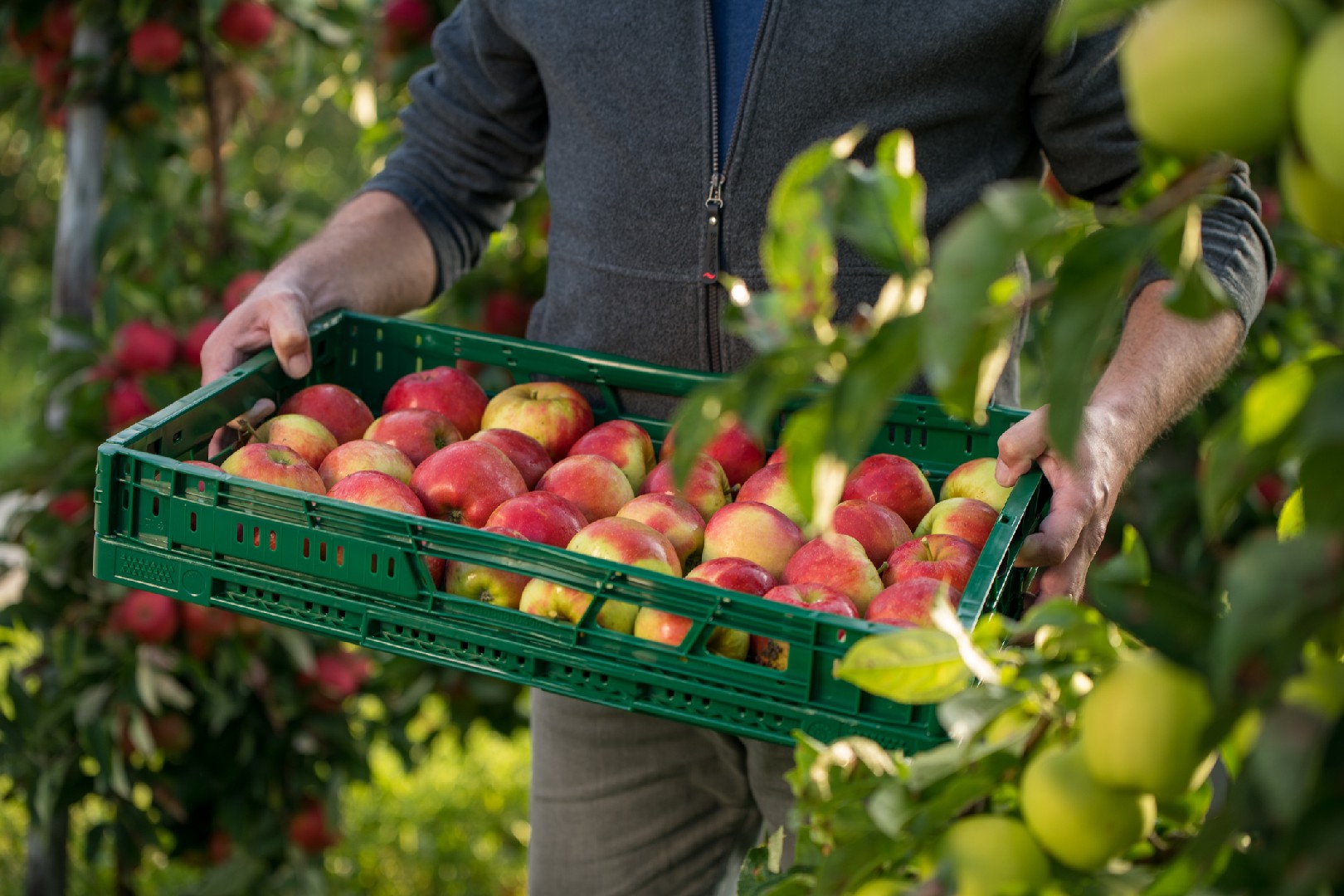![Rectangle]()
The Perfect Time for Picking
Knowing the perfect time for picking your fruits is essential in ensuring their optimal flavor, texture, and nutritional value. Learning the natural seasonal cycle for various fruits, recognizing visual cues of ripeness, and understanding how the texture and aroma can guide harvest time are all valuable skills for any gardener or fruit enthusiast.
When it comes to fruits, each type has its own unique ripening process and cues that indicate their readiness for picking. Understanding these characteristics can make a significant difference in the quality of your harvest.
One of the first steps in determining the perfect time for picking is to familiarize yourself with the natural seasonal cycle of the fruits you are growing. Different fruits have specific growing periods and ripen at different times of the year. For instance, strawberries are typically harvested in late spring to early summer, while apples are best picked in the fall. By understanding the seasonal patterns, you can plan your harvesting schedule accordingly, ensuring you pick the fruits at their peak.
Visual cues are another important aspect to consider when determining the optimal time for picking. Fruits exhibit various changes in color, size, and appearance as they ripen. For example, with berries such as raspberries or blackberries, ripe fruits will have a vibrant, rich color and be plump and slightly soft to the touch. On the other hand, citrus fruits like oranges or lemons turn bright orange or yellow and develop a glossy skin when they are ripe. Observing these visual cues can help you gauge the right moment to harvest your fruits.
In addition to visual cues, texture and aroma also play important roles in indicating the readiness of fruits for picking. By gently squeezing a fruit, you can determine its firmness. Fruits that are too hard may not have reached their full sweetness, while those that are too soft might be overripe and prone to spoilage. A gentle squeeze should give you an idea of the fruit's firmness and ripeness. Aroma is another factor to consider, especially for fruits like peaches or melons. A sweet, fragrant aroma indicates that the fruit is ripe, while an absence of fragrant smell suggests that it may need more time on the plant.
As you gain experience and knowledge about the specific fruits you are growing, you'll become more skilled in identifying the perfect time for picking. Remember that practice makes perfect, and each fruit tree or plant may have its own unique characteristics.
By honing your skills in recognizing the natural seasonal cycle, visual cues, texture, and aroma of different fruits, you'll be able to harvest them at their peak flavor and nutritional value. This practical knowledge will not only improve your gardening skills but also enhance your culinary experiences, as you enjoy the freshest, juiciest, and most delicious fruits straight from your garden to your table.





